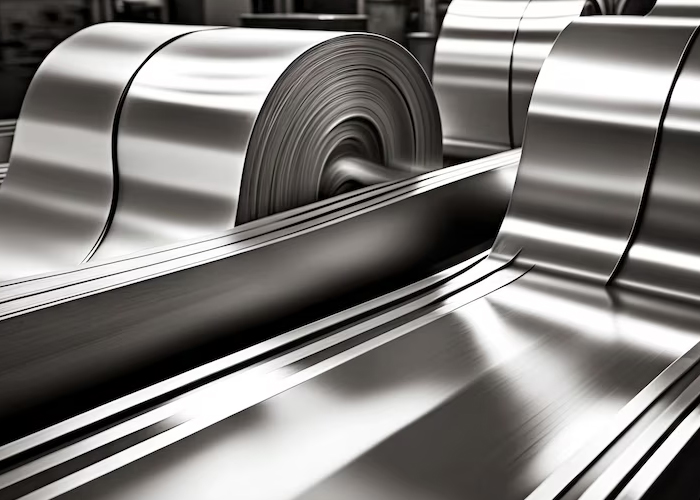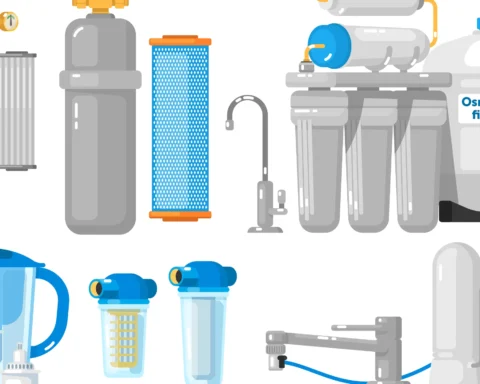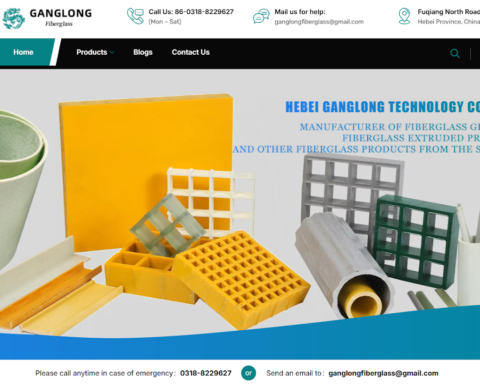Introduction
In the constantly changing manufacturing industry, highly valued materials provide reliability and versatility. 316 stainless steel is a standout material in this aspect. Recognized for its outstanding characteristics and wide range of uses, this alloy is crucial in multiple contemporary sectors. Its usage in stainless steel materials makes it indispensable for numerous manufacturing processes. 316 stainless steel is highly praised for its durability and ability to resist waste, whether used in surgical tools or food processing machinery. This adaptability is not confined to a single sector; it is a critical component across multiple fields
Properties of 316 Stainless Steel
The unique composition of 316 stainless steel, typically including chromium, nickel, and molybdenum, gives it superior resistance to corrosion and high temperatures. This alloy is particularly renowned for its ability to withstand harsh environments, which directly results from its chemical makeup. These properties contribute to its exceptional durability, making it essential for long-lasting applications in various industries.
316 stainless steel has impressive mechanical characteristics and is resistant to corrosion. Its excellent tensile strength allows it to endure substantial stress without bending. Moreover, its outstanding ability to withstand fatigue and creep makes it perfect for tasks that demand sustained stability and dependability.
Applications in the Medical Industry
316 stainless steel is indispensable in the medical field due to its non-reactive nature and ease of sterilization. It’s commonly used in surgical instruments, implants, and other critical medical devices. In these fragile settings, the stainless steel’s non-reactive properties guarantee it won’t disrupt medical procedures or patient well-being.
The alloy’s biocompatibility is another crucial factor that makes it suitable for medical applications. Biocompatible ty means that the material does not produce an immune response when in contact with human tissue, which is crucial for implants and surgical tools. Moreover, thoroughly sterilizing without losing integrity is fundamental to maintaining hygienic conditions.
Role in Food and Beverage Manufacturing
Sanitation and safety are paramount in the food and beverage industry, making 316 stainless steel the material of choice for processing equipment and storage tanks. Its hygienic nature and ease of cleaning ensure that it meets stringent health standards without compromising performance.
The non-porous surface of 316 stainless steel prevents the accumulation of bacteria and other contaminants, which is vital in maintaining the safety of food products. Products created from this substance are effortless to disinfect, minimizing the possibility of pollution and guaranteeing adherence to health standards. Also, the equipment’s durability is extended due to its ability to withstand acidic and alkaline substances commonly present in different types of food and drinks.
A leading food processing company’s switch to 316 stainless steel improved sanitary conditions, showcasing its practical benefits.
Importance in Chemical Processing Industries
In chemical processing, 316 stainless steel’s ability to handle corrosive substances with minimal wear makes it invaluable. It is frequently used in pipes, tanks, and heat exchangers, providing extensive service life even in harsh chemical environments. Studies have shown that this alloy outperforms many others in resisting chemical-induced degradation.
The material’s resistance to pitting and stress-corrosion cracking is particularly advantageous in chemical plants. These properties ensure that the components made from 316 stainless steel maintain their integrity under extreme conditions, thereby reducing maintenance costs and downtime.
Utilization in Marine Environments
The marine industry demands materials that can withstand constant exposure to saltwater and harsh maritime conditions. 316 stainless steel is extensively used in building marine vessels and equipment due to its remarkable corrosion resistance. Adding molybdenum improves its resistance to corrosion from seawater and chloride environments.
This alloy is often chosen for shipbuilding, offshore oil rigs, and marine fasteners. Its long-lasting functionality under harsh conditions makes it a sound investment for marine applications, significantly reducing the need for frequent replacements.
Architectural and Structural Uses
Beyond industrial applications, 316 stainless steel is used in architectural and structural elements. It offers a combination of structural integrity and aesthetic appeal. Prominent buildings worldwide utilize this material for facades and load-bearing structures, showing its versatility in design and construction.
The alloy’s ability to maintain its appearance and resist environmental impacts makes it suitable for interior and exterior architectural purposes. It is frequently used in high-profile projects where durability and visual appeal are essential. From contemporary skyscrapers to restoration projects of historical buildings, 316 stainless steel is a favored material.
A notable example is a renowned modern architectural project in which designers opted for 316 stainless steel to achieve both durability and a sleek finish.
Future Prospects and Innovations
Looking ahead, researchers and developers continue to explore new ways of enhancing the properties of 316 stainless steel. Innovations such as improved alloy compositions and advanced manufacturing techniques promise to expand its vast applications. Furthermore, the push towards sustainable materials in manufacturing suggests a growing role for 316 stainless steel in eco-friendly practices.
The potential for this material in green manufacturing practices is immense. For instance, efforts to recycle 316 stainless steel and improve its production efficiency are underway, contributing to more sustainable industrial processes. These advancements improve the material’s characteristics and support the worldwide movement towards eco-friendly practices.
Conclusion
The distinctive characteristics and diverse uses of 316 stainless steel make it essential to contemporary manufacturing. Its role in medical, marine, and beyond industries underlines its importance and versatility. As innovations continue to emerge, the future of 316 stainless steel looks promising, ensuring its place in advanced manufacturing technologies.
Have you worked with 316 stainless steel in your projects? Share your experiences and insights on how this versatile material has benefited your work.
Keep an eye for more latest news & updates on Essential Tribune!








